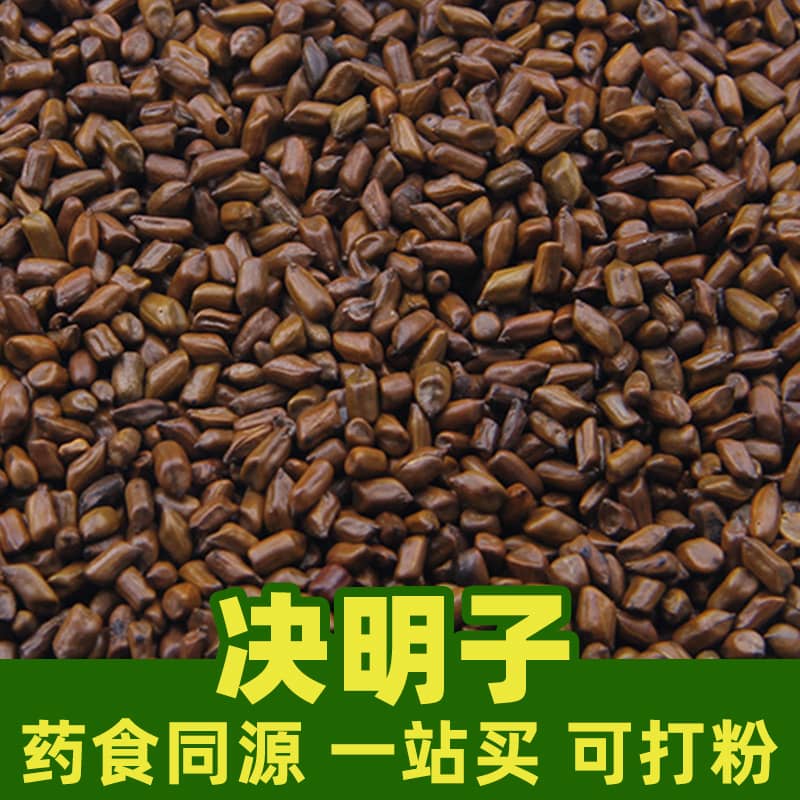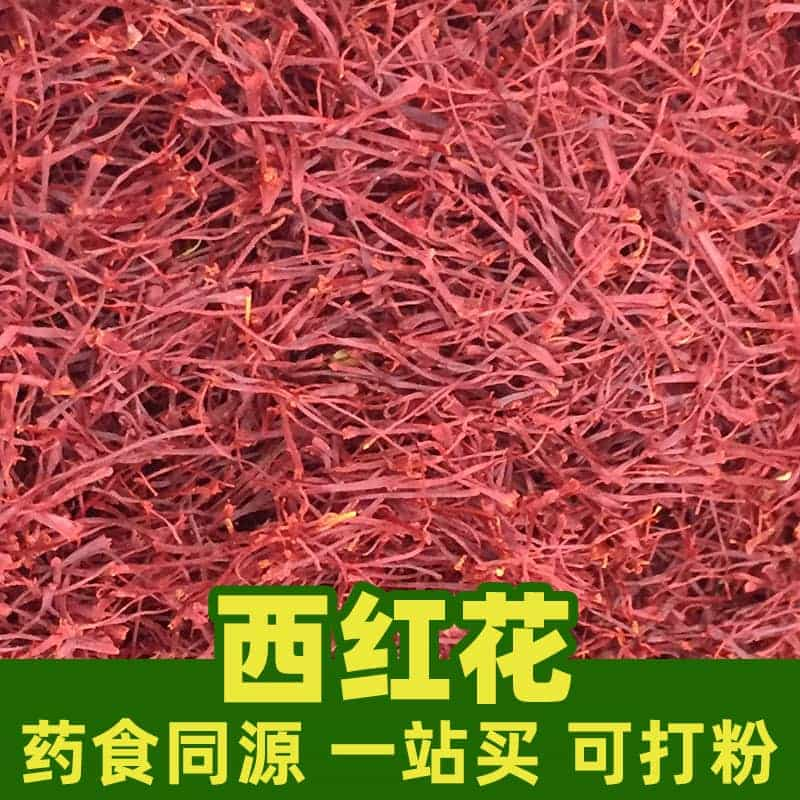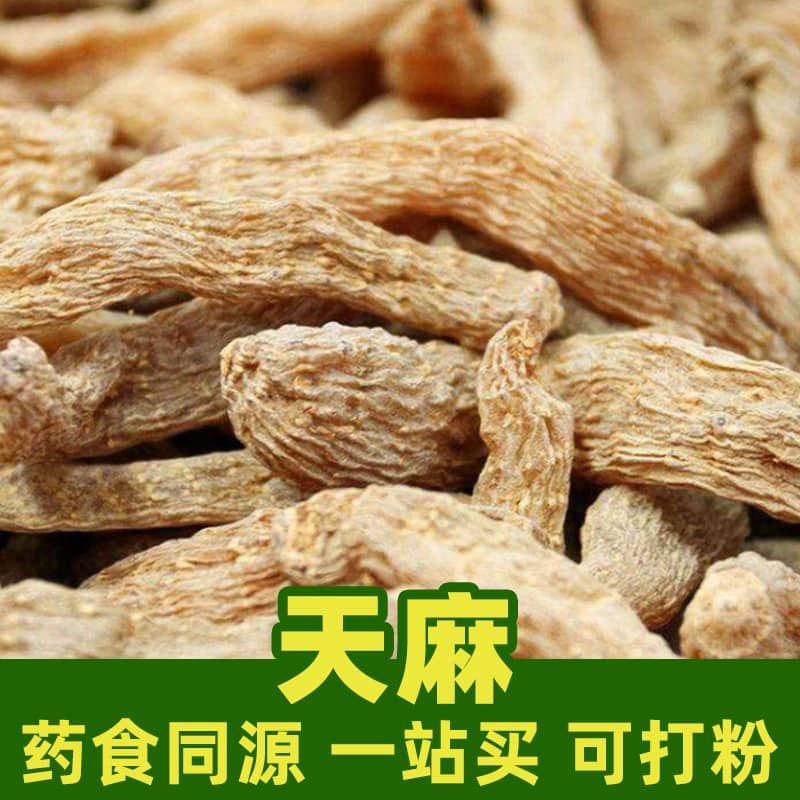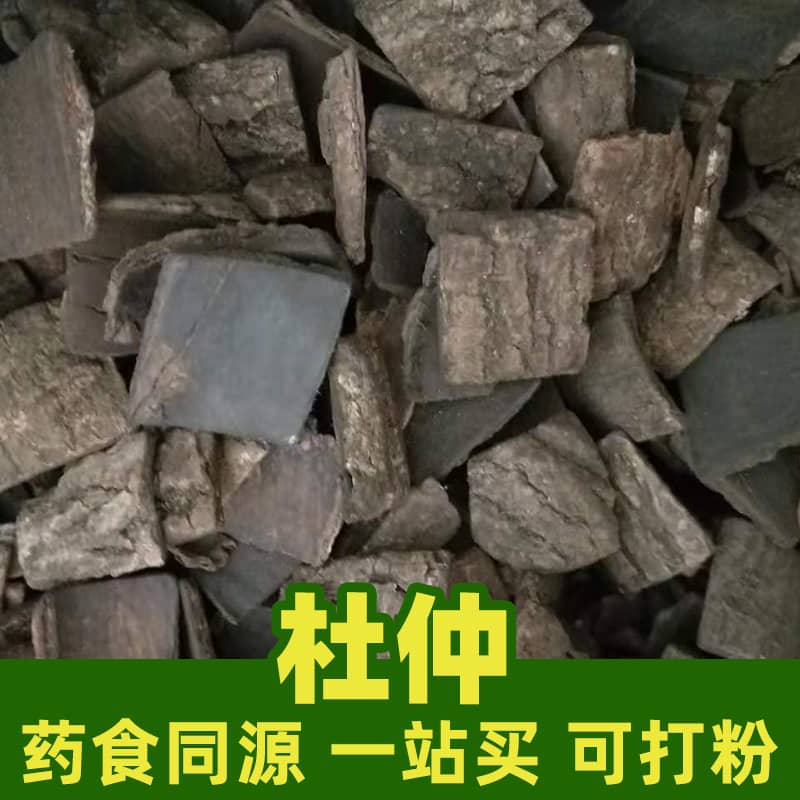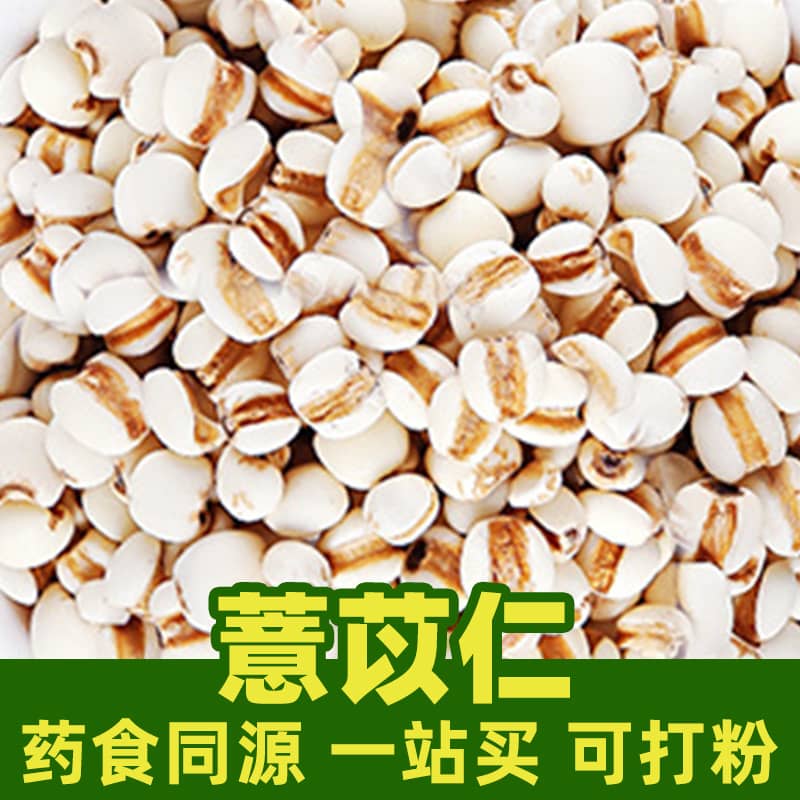Product Introduction
Mulberry leaves are a common ingredient in traditional Chinese medicine and food. They are known for their numerous health benefits, including lung-moistening, heat-clearing, and blood sugar-lowering properties. Mulberry leaves are oval or lanceolate in shape with smooth surfaces and serrated edges. Rich in amino acids, polysaccharides, proteins, vitamins, and minerals, mulberry leaves offer various nutritional benefits. Besides medicinal uses, mulberry leaves are also used as feed for silkworms and in the production of tea.
Main Active Ingredients
Mulberry leaves contain a rich variety of nutrients, including amino acids, polysaccharides, proteins, vitamins, and minerals. They are particularly rich in amino acids, especially those essential for the human body. Polysaccharides, a significant component of mulberry leaves, have immune-regulating, antioxidant, and anti-tumor properties. Mulberry leaves also have a high protein content and are rich in vitamins such as vitamin A, vitamin C, and vitamin E, as well as minerals like calcium, iron, and zinc.
Product Applications and Usage
Mulberry leaves have a wide range of applications in traditional Chinese medicine and food. In traditional Chinese medicine, they are used in herbal formulas or as a single herb to moisten the lungs, clear heat, and lower blood sugar. Mulberry leaves can also be processed into various food products, such as mulberry leaf tea and mulberry leaf cookies. Mulberry leaf tea is a popular health drink known for its heat-clearing and throat-soothing properties. The specific dosage and usage of mulberry leaves can vary depending on individual needs and should be guided by a healthcare professional.
Product Source Plant Introduction, Distribution, and Growth Environment
Mulberry trees (Morus spp.) are deciduous trees widely distributed across Asia, Europe, North America, and Africa. They can adapt to a variety of climates and soil conditions and are often found in fields, hillsides, and roadsides.
Harvesting, Processing, and Storage
Mulberry leaves are typically harvested in the spring or summer when they are fresh and tender. The harvested leaves can be dried or processed further. To maintain their quality and nutritional value, mulberry leaves should be stored in a dry and ventilated place, away from direct sunlight.
Monica Sun is a seasoned expert in the natural raw materials industry, with over a decade of experience specializing in traditional Chinese medicinal herbs, spices, and fungi. She is skilled in the sourcing, processing, and application of these materials, emphasizing sustainability and innovation. Monica Sun has contributed to the development of high-quality natural raw materials that serve as essential components in functional foods, pharmaceuticals, and cosmetics, delivering tailored solutions to meet diverse market needs.









